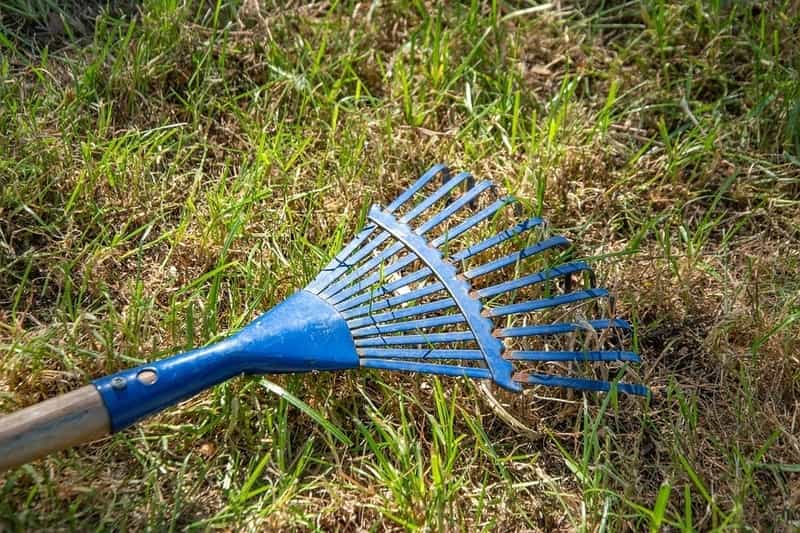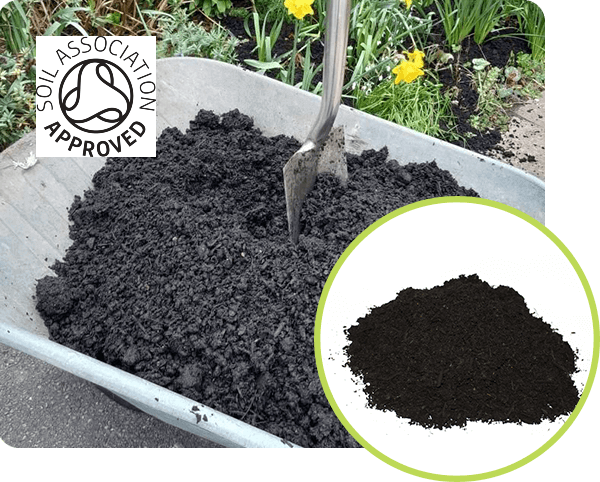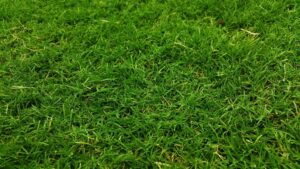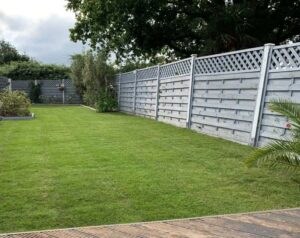It is not always easy to maintain a lush, green lawn throughout the year, but with the right care, it can flourish all year long. One of the most effective ways to give your lawn a boost is through a process called topdressing. Our blog post will explain everything you need to know about topdressing your lawn, from the materials you need to when to do it.
What is topdressing?
Topdressing is the process of applying a thin layer of material—such as sand, compost, or soil—over the surface of your lawn. This helps improve the soil structure, drainage, and nutrient levels, leading to healthier, stronger grass. UK lawns often face challenges like heavy clay soils and frequent rain, so topdressing can help:
- Improve drainage: Great for lawns in areas with compacted soil or poor water absorption.
- Encourage new growth: By adding organic matter, you’re giving your grass a nutrient boost.
- Level uneven areas: Topdressing can help smooth out bumps and small holes.
- Thatch control: It helps break down thatch, the layer of dead grass that can suffocate your lawn.
- Repair and refresh: Perfect for revitalising tired lawns after a harsh winter or dry summer.
What to use for topdressing
Here’s a quick breakdown of the best materials to use:
- Sand: Use this for lawns with heavy clay soils that need better drainage. Sand helps prevent waterlogging and improves aeration but doesn’t add any nutrients, so it’s best combined with other topsoils or compost.
- Compost: Ideal if your lawn is looking a little tired or thin. Compost is rich in nutrients and helps improve soil fertility. Our organic compost soil conditioner is an ideal product for this.
- Turf Dressing rootzone: Earth Cycle’s turf dressing rootzone works well for most lawns and is great for levelling out uneven surfaces.
When should I topdress my lawn?
Timing is everything when it comes to topdressing, and the UK’s climate makes spring and autumn the best times to do it. A mild climate and rainfall during these seasons can help the lawn recover quickly and integrate new soil faster.
- Spring: As the weather warms up and the grass starts actively growing, topdressing in spring can give your lawn a great head start.
- Autumn: Autumn is an ideal time to repair summer damage and prepare the lawn for winter. As the soil is still warm, and there’s plenty of moisture, it is easier for the grass to grow and recover.
Avoid topdressing in the heat of summer or during the cold, wet winter months, as extreme conditions can strain the grass and adding topdressing can make it worse.

Step-by-Step Guide: How to topdress your lawn
1. Preparation
Before you start, a bit of prep work is important to get the best results.
- Mow your lawn: Cut your grass so it’s nice and short; this makes it easier to spread the topdressing material evenly and ensures it reaches the soil.
- Scarify the lawn: If your lawn has a thick layer of thatch, remove it using a rake or scarifier. This helps the topdressing material penetrate into the soil and prevents it from just sitting on the grass surface.
- Aerate the lawn: Aeration is a key step that allows the topdressing to settle into the soil. You can do this with a garden fork or a lawn aerator, creating small holes to improve airflow and drainage.
2. Applying the Topdressing Material
Once you’ve prepped the lawn, you can get spreading!
- Spread the material: Use a spade, spreader, or your good old hands to apply the topdressing material over the lawn. Aim for a thin, even layer, about 5-10mm thick. Don’t be tempted to add too much—it’s better to topdress lightly and repeat if necessary than to smother the grass.
- Work it into the lawn: Once the material is spread, use the back of a rake or a stiff brush to work it into the grass, focusing on any bare patches or low spots. You want the topdressing to settle into the aeration holes and down to the soil, while still leaving the grass blades exposed.
3. Aftercare
Once you’ve applied your topdressing, it’s important to follow up with proper aftercare. Here are some easy tips:
- Water the lawn: Give your lawn a light watering to help the topdressing settle and to encourage the grass to recover. However, be careful not to overwater, especially if using sand-based topdressing, as this can lead to waterlogging. A quick tip will be to monitor the weather, if it’s going to rain a few days around the topdressing, then this will do for your watering!
- Let it settle: After you have top dressed and watered, let the lawn settle for a few days before you do any more work to it or use it.
Topdressing final thoughts
Topdressing your lawn is an excellent way to maintain its health, vibrancy, and resilience throughout the year. It’s all about timing, using the right products, and giving your lawn the care it needs afterwards. By following these simple steps, you’ll achieve thicker, greener grass for your garden.






